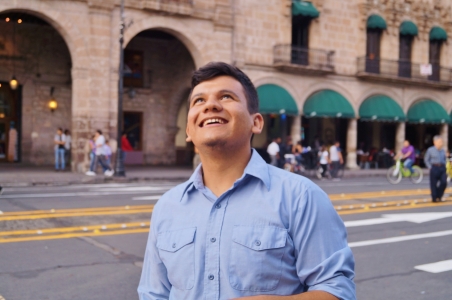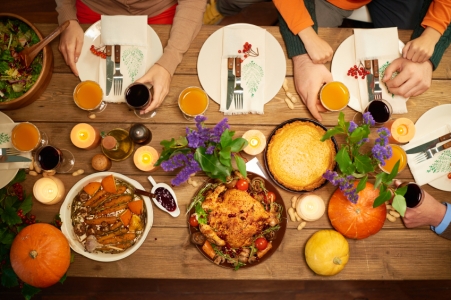מָה שֶׁאָכַלְנוּ יִהְיֶה לַשֹּׂבַע וּמַה שֶׁשָּׁתִינוּ יִהְיֶה לִרְפוּאָה וּמַה שֶׁהוֹתַרְנוּ יִהְיֶה לִבְרָכָה
בְּרִיך רַחֲמָנָא מַלְכָּא דְעַלְמָא מָרֵיהּ דְהַאי פִּיתָּא
Mah she-akhalnu yihiyeh l’sova
u-mah she-shatinu yihiyeh lir’fuah
u-mah she-hotarnu yihiyeh liv’rakhahB’rikh rakhamana, malka de’alma
marey d’hai pitaThat which we ate, may it satiate us;
And that which we drank, may it give us good health;
And that which is left over, may we see it as a blessing;Blessed are You, Source of Mercy, for You are the master of
this bread.
From the Sephardic liturgy of Birkat Hamazon. Based on Talmud Brachot 40b. To hear a musical rendition of the blessing by Rabbi Shefa Gold, click here.












